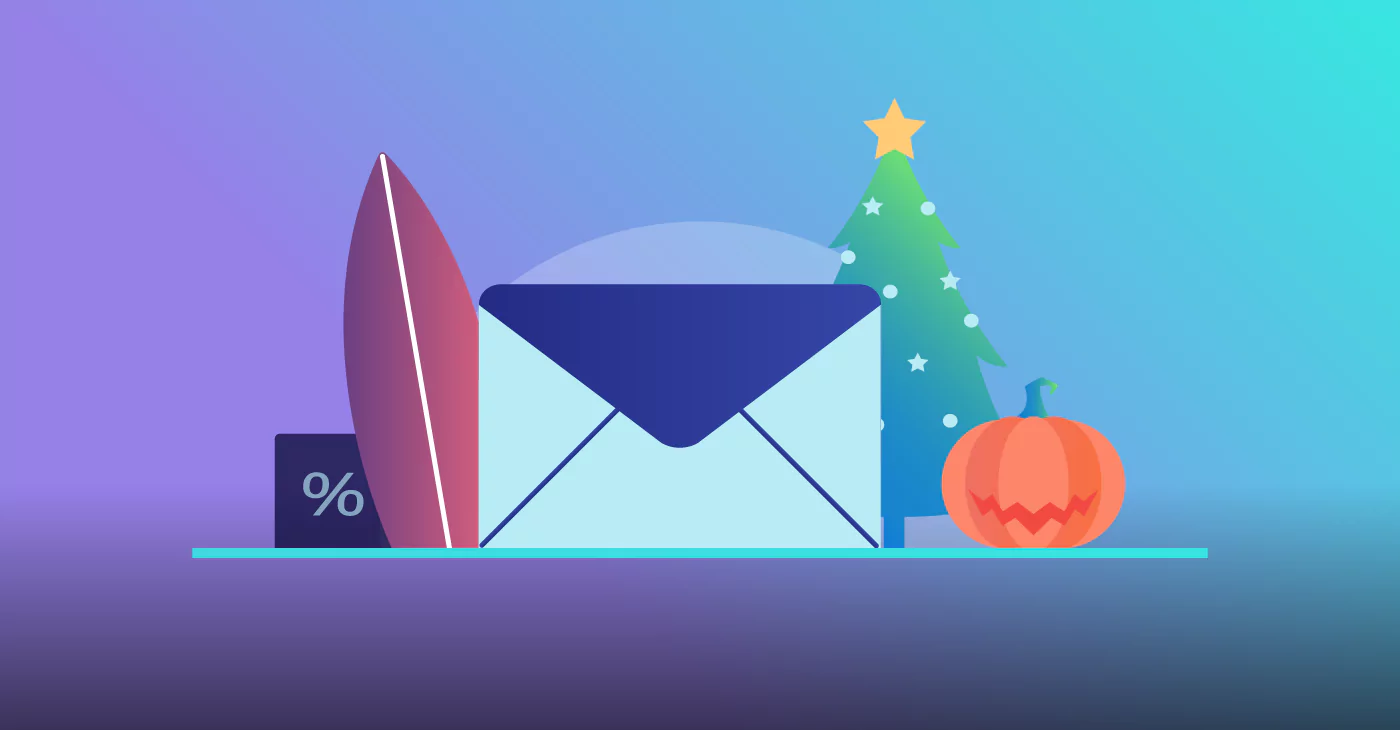
So, you have created a revolutionary product. That’s great! The next step is to take your product to market and generate revenue. A successful launch can dictate the pace for revenue growth, which is why you should plan it meticulously.
In this guide, we’ll show you how to plan and deliver a successful product launch. Our rollout checklist will help you to sidestep issues and ensure that your go-to-market plan delivers the desired results.
Define your Target Audience
You likely figured out your target audience before creating the product in the first place. Chances are that you saw a problem and decided to create a solution for it. Right? Now, you have to do market research to determine which exact sets of people are facing this problem.
- What are their demographics? (Age, gender, occupation, location, etc.)
- What are their most pressing needs?
- Do they already know that your brand or product exists?
- Are they likely to find the product helpful?
Create a Positioning Statement
Let’s say you have created a new email marketing tool. Obviously, your target audience is email marketers. However, your product isn’t the first in this niche: other tools are dominating the market.
Product position is all about dissipating the “product limbo” or uncertainty over where the product fits, which can lead to launch failure. You have to define your product’s strengths and make sure its differences sway the buyers.
To achieve that, you’ve got to put your product on one side and your competitor on the other. First, define the product’s uniqueness (in terms of features and capabilities). Compare these with what the competitors already offer.
Is there a feature that stands out against the competitors? What pain point does that feature solve? What section of your target audience faces that pain point? The answer to these questions will help you create a unique positioning statement. The statement should define who the product is for, the problem it solves, and why it’s unique from other products on the market.
Stipulate Launch Goals
You know your audience and the positioning statement is set. Next, you set the product launch goals. Launching a product without clear goals is reminiscent of shooting arrows in the dark: you won’t know when you hit the target.
The goals should be specific, measurable, attainable, relevant, and time-bound (SMART). If you’re launching the product on ProductHunt, it’s easy to focus on upvotes. However, upvotes are vanity metrics: what matters are leads or email addresses. So, a good metric to measure your success on ProductHunt should be leads generated.
The goals you set will vary across the channels used for launch. For instance, if you launch on social media, you could track things such as engagement or impressions. Regardless, set SMART goals and make sure that you track your progress towards them.
Choose The Opportune Day to Launch
The day and time you choose for launch can be the difference between hitting your launch goals and failing to do so. Perfect timing is critical to securing the highest number of customers.
Research shows that Tuesday is the best day to launch your product. Why? On Monday, potential consumers are too focused on the week ahead, whereas on Friday they’re looking forward to the weekend. A Tuesday launch gives you ample time to deal with questions and comments throughout the week.
However, the timing may vary based on the nature of your product. If you’re launching a seasonal product it’s wise to do it during the high season when the demand is high. Outdoor products perform best in spring and summer, whereas self-improvement products deliver the best results in January when people are setting New Year resolutions.
Prepare for Questions and Feedback
There’s no doubt that potential customers will bombard you with questions and comments, especially if your product defines a new category.
Remember: when a potential customer asks a question, they are doing so to clear any doubt they may have about the effectiveness of the product. Your answers should be comprehensive enough to sway the customer into buying or signing up for the product. It is also a good idea to respond to comments promptly, to keep the engagement fire burning and prove to the customers that you care about them.
If you’re launching your first product, chances are you’ll be handling these questions on your own or with the help of a small team. The best thing is to try to minimize the number of questions that you need to respond to individually, by creating an FAQ section on the product detail page. Doing so will save you time, enabling you to focus on handling more complex and technical questions.
Communicate the Launch
As email marketing experts, we know that the key to any successful launch is getting your product and positioning to your target audience. You should take an inside-out approach to launch your product, meaning let those closest to the product launch know first and build momentum as you release news about your product to the wider marketplace. Make sure every contact is uploaded and segmented in your email marketing platform so you can send the right message about your launch to the right audience. For instance:
- Employees: Communicate positioning, launch schedule, and how to handle incoming requests
- Analysts: Give a sneak peek before launching to the general public
- Current Customers: Let them be the first to know about a new product offering – and don’t forget a loyalty discount!
- Prospects and Leads: Provide all the details about how your new product solves a specific challenge
Track Performance
Last but not least, measure your product launch performance. Before the launch, you set your goals (in step three): revisit these goals to determine how successful your launch was.
If your goal was to get 1,000 leads on the day of launch on ProductHunt, did you hit the target? Kudos if you hit or exceeded your goals! However, if you didn’t achieve the target, don’t panic. Sometimes, things don’t turn out as expected, especially if you’re doing it for the first time.
Take the experience as a learning curve. Evaluate your strategy, from audience research to the way you handled customer queries, to determine what went right or wrong. Is there a thing that you can improve to ensure a great performance during the next launch? Note all potential areas of improvement and use them as action points next time around.
If you’re planning a product launch, Benchmark Email can help you to get your message out to your subscribers, using beautiful email templates. Plus, our easy-to-understand reporting will help you to track your success rates. Ready to launch? Contact us to get started today.







